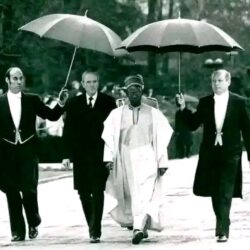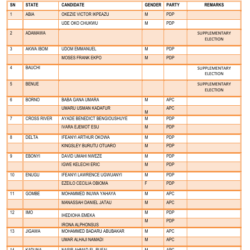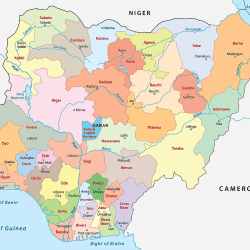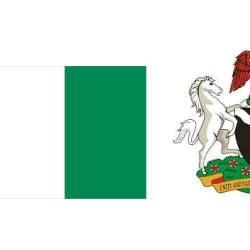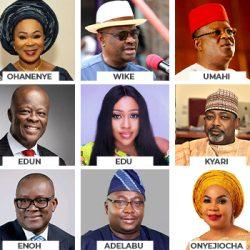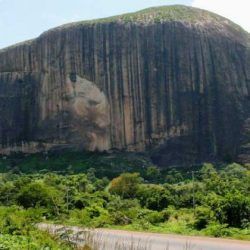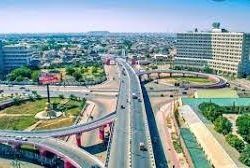List of the 19 governors of Nigeria in 1979 (Shehu Shagari era, Second Republic):
- Abdulkadir Balarabe Musa – Kaduna
- Abubakar Barde – Gongola
- Abubakar Rimi – Kano
- Abubakar Tatari Ali – Bauchi
- Adamu Attah – Kwara
- Ambrose Alli – Bendel
- Aper Aku – Benue
- Auwal Ibrahim – Niger
- Bola Ige – Oyo
- Bisi Onabanjo – Ogun
- Clement Isong – Cross River
- Jim Nwobodo – Anambra
- Lateef Jakande – Lagos
- Melford Okilo – Rivers
- Michael Ajasin – Ondo
- Muhammadu Goni – Borno
- Sam Mbakwe – Imo
- Shehu Kangiwa – Sokoto
- Solomon Lar – Plateau
List of Governors and Their Political Parties in 1979
- Abdulkadir Balarabe Musa – Kaduna (PRP – People’s Redemption Party)
- Abubakar Barde – Gongola (GNPP – Great Nigeria People’s Party)
- Abubakar Rimi – Kano (PRP – People’s Redemption Party)
- Abubakar Tatari Ali – Bauchi (NPN – National Party of Nigeria)
- Adamu Attah – Kwara (NPN – National Party of Nigeria)
- Ambrose Alli – Bendel (UPN – Unity Party of Nigeria)
- Aper Aku – Benue (NPN – National Party of Nigeria)
- Auwal Ibrahim – Niger (NPN – National Party of Nigeria)
- Bola Ige – Oyo (UPN – Unity Party of Nigeria)
- Bisi Onabanjo – Ogun (UPN – Unity Party of Nigeria)
- Clement Isong – Cross River (NPN – National Party of Nigeria)
- Jim Nwobodo – Anambra (NPP – Nigerian People’s Party)
- Lateef Jakande – Lagos (UPN – Unity Party of Nigeria)
- Melford Okilo – Rivers (NPN – National Party of Nigeria)
- Michael Ajasin – Ondo (UPN – Unity Party of Nigeria)
- Muhammadu Goni – Borno (GNPP – Great Nigeria People’s Party)
- Sam Mbakwe – Imo (NPP – Nigerian People’s Party)
- Shehu Kangiwa – Sokoto (NPN – National Party of Nigeria)
- Solomon Lar – Plateau (NPP – Nigerian People’s Party)
✅ This covers the four major parties of the era:
- NPN – National Party of Nigeria
- UPN – Unity Party of Nigeria
- NPP – Nigerian People’s Party
- PRP – People’s Redemption Party
- GNPP – Great Nigeria People’s Party
Here’s a clear and engaging overview of Nigeria’s Second Republic (1979–1983):
Nigeria’s Second Republic (1979–1983)
The Second Republic of Nigeria was ushered in on October 1, 1979, after 13 years of military rule that followed the collapse of the First Republic in 1966. It was a bold attempt to rebuild democracy in Africa’s most populous nation, but the experiment was short-lived, ending in a military coup on December 31, 1983.
Key Features of the Second Republic
1. Presidential System of Government
- Unlike the parliamentary system of the First Republic, the Second Republic adopted a U.S.-style presidential system.
- Alhaji Shehu Shagari of the National Party of Nigeria (NPN) became the first Executive President.
- The president and governors were directly elected, which was a major shift from the earlier system.
2. Multiparty Democracy
Nigeria had five major political parties, each with regional strongholds:
- NPN (National Party of Nigeria) – dominant in the North and parts of the Middle Belt.
- UPN (Unity Party of Nigeria) – led by Chief Obafemi Awolowo, strong in the Yoruba Southwest.
- NPP (Nigerian People’s Party) – led by Dr. Nnamdi Azikiwe, strong in the Igbo Southeast.
- PRP (People’s Redemption Party) – led by Aminu Kano, popular in parts of the North.
- GNPP (Great Nigeria People’s Party) – led by Waziri Ibrahim, strong in the North-East.
3. Federal Structure
- Nigeria had 19 states, each with its own elected governor and legislature.
- This structure aimed to balance regional interests while fostering national unity.
Achievements of the Second Republic
- Democratic Revival – For the first time since independence, Nigeria had a fully elected president, vice president, governors, and lawmakers.
- Educational Reforms – Governors like Lateef Jakande (Lagos) and Bola Ige (Oyo) introduced free education policies.
- Agricultural Development – Shagari launched the Green Revolution Program to boost food production.
- Infrastructure Growth – Massive housing projects and road construction were initiated, especially in urban centers.
Challenges of the Second Republic
- Corruption – Widespread graft and embezzlement of public funds plagued Shagari’s government.
- Economic Decline – Falling oil prices in the early 1980s led to inflation, unemployment, and rising debt.
- Ethnic Politics – Parties often aligned along ethnic lines, weakening true national unity.
- Electoral Malpractices – The 1983 elections were marred by violence, vote-rigging, and intimidation.
Collapse of the Second Republic
On December 31, 1983, the military, led by Major General Muhammadu Buhari, overthrew Shagari’s government. The coup was justified on grounds of corruption, economic mismanagement, and electoral fraud.
This marked the end of Nigeria’s Second Republic after just four years of civilian rule, returning the country to nearly two more decades of military dominance.
Legacy of the Second Republic
- Despite its short life, the Second Republic paved the way for future civilian governments.
- It tested Nigeria’s ability to run a presidential system.
- Many of its leaders, like Bola Ige, Sam Mbakwe, Lateef Jakande, and Solomon Lar, remain celebrated for their visionary policies.
- Its failure also provided lessons for later republics, especially the Fourth Republic (1999–present).
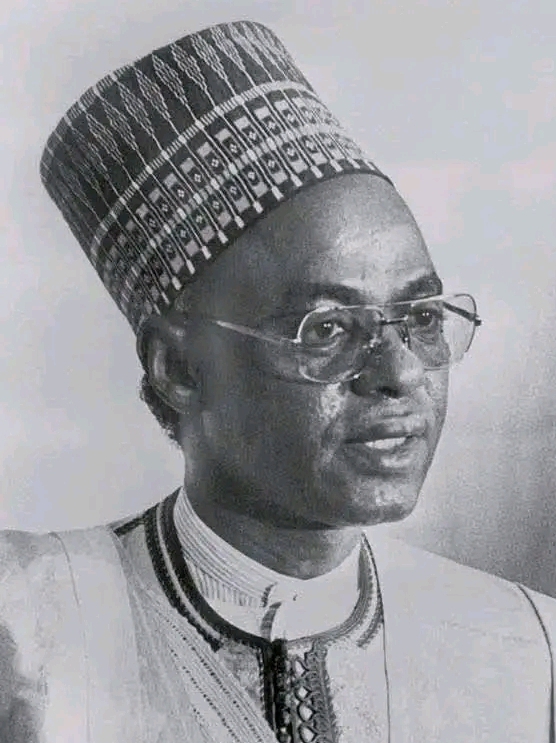
The Second Republic (1979–1983) was a hopeful but troubled era in Nigerian history. It represented a return to democracy, saw the rise of strong regional leaders, but collapsed under the weight of corruption, economic hardship, and political violence.
